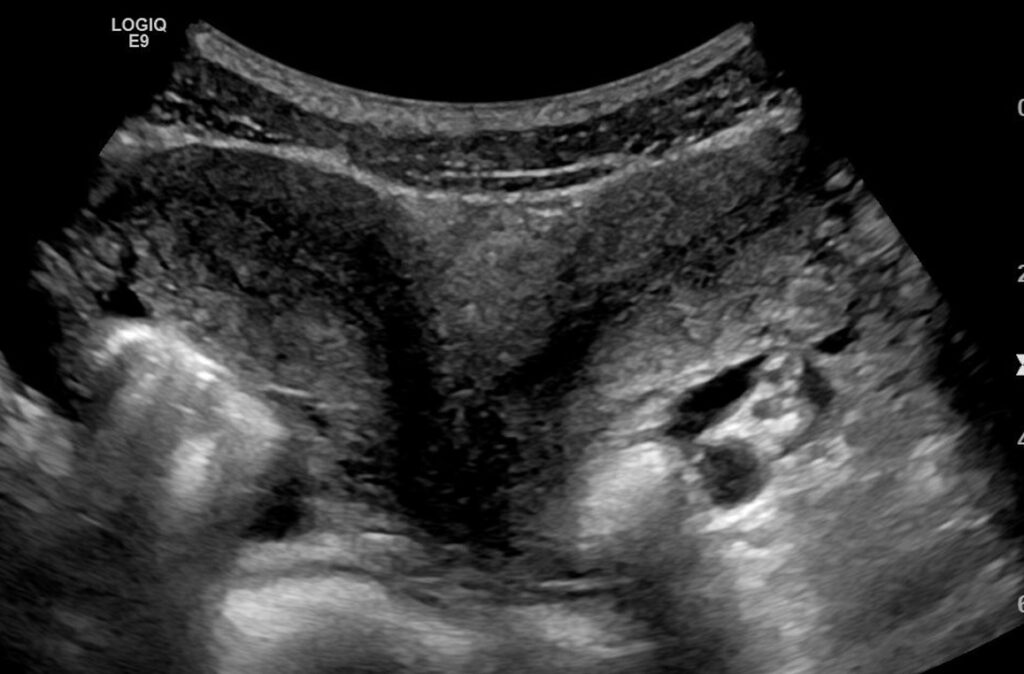Women of Bangladesh With Rare Uterus Didelphys Gave Birth Twice – One Month Apart

uterus didelphys on ultrasound
By Neucrad Health India news desk April 13, 2019
Have you heard the news that a Bangladeshi woman has given birth twice with only 26 days gap in between? Well, many of you would struggle to believe it, but Uterus Didelphys do occur, and according to the National Institutes of Health one out of every one million women go ahead with gestation in both the uteruses.
A 20-year-old woman, Arifa Sultana of Bangladesh, gave birth to a baby boy at Khulna Medical College Hospital in Khulna district during the end of February. Since it was a normal-delivery, Gynaecologists released her from the hospital along with her healthy son within a few days. However, after a gap of four weeks, Sultana again complained of severe lower abdominal cramps, and she was rushed to the Ad-din Hospital in Dhaka by her family members.
What happened to Sultana after 26 days of first delivery?
The attending doctors conducted ultrasonography on Sultana and discovered a fascinating yet medically astonishing fact. She had Uterus Didelphys- a rare condition where women are born with two uteri in the same body. She was pregnant with twins and the first son, and now the twins were conceived and growing in two separate wombs. Since Sultana hailed from a remote village and was of economically challenged background, she did not undergo an ultrasound examination before the second delivery. It was the reason the doctors missed this medically startling fact.
The attending Gynaecologist of Ad-Din Hospital Dr. Sheila Poddar conducted an emergency caesarean section and delivered the twin babies. Currently, Sultana along with all her three babies are doing fine, and they got released from the hospital. Continue reading to know more about this rare yet crucial medical condition.
What is Uterus Didelphys?
A uterus didelphys is a rare congenital deformity where the uterus developing from two small ducts known as Mullerian ducts fail to unite into one major organ in the foetus. So, females bear two wombs instead of one in this condition. Sometimes, women having two uteruses can even have two separate cervixes and vaginas as well. In some unusual cases, there is a thin wall of tissue separating the cervix and vagina into two parts in uterus didelphys. It is possible to conceive in spite of having this rare medical condition. However, there are chances of premature birth and miscarriage in this condition.
What are the symptoms of Uterine Didelphys?
In many instances, women having uterus didelphys do not get to know about it as there is hardly any symptoms. Doctors can find out the medical rarities while performing a regular pelvic examination or when they prescribe imaging tests like lower abdomen ultrasound examination due to some other medical issues. Sometimes, women suffer repeated miscarriages, and Gynaecologists discover uterus didelphys while trying to find out the anomalies in their reproductive system. Women may also experience unusual cramping or pressure in the lower abdomen, or heavy flow during their menstrual period due to this condition.
Diagnosis of uterus didelphys
As already states, doctors can discover double uterus by prescribing ultrasound examination of lower abdomen, or while conducting sonohysterogram (a unique type of ultrasound examination where radiologists introduce a fluid in cervix to understand the shape of uterus), or hysterosalpingography (introduction of a specific dye for studying the shape and size of uterus) or through MRI (Magnetic resonance imaging).
What are the complications of Uterus Didelphys?
Uterus Didelphys may lead to repeated miscarriages, premature birth of babies, infertility, endometriosis (a condition where endometrium grows outside the uterus) and complications in the kidney.
What is the Treatment for Uterine Didelphys?
If patients do not experience any symptoms of the double uterus, then doctors do not recommend any treatment for this condition. However, if it develops complexities, then they can surgically unite the wombs.
Image: Illustration purpose only. Credit goes to Mme Mim, CC-BY-SA-4.0





